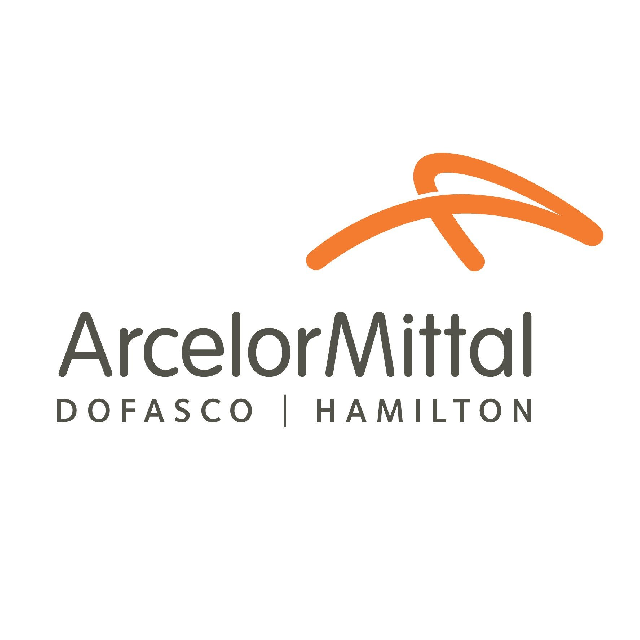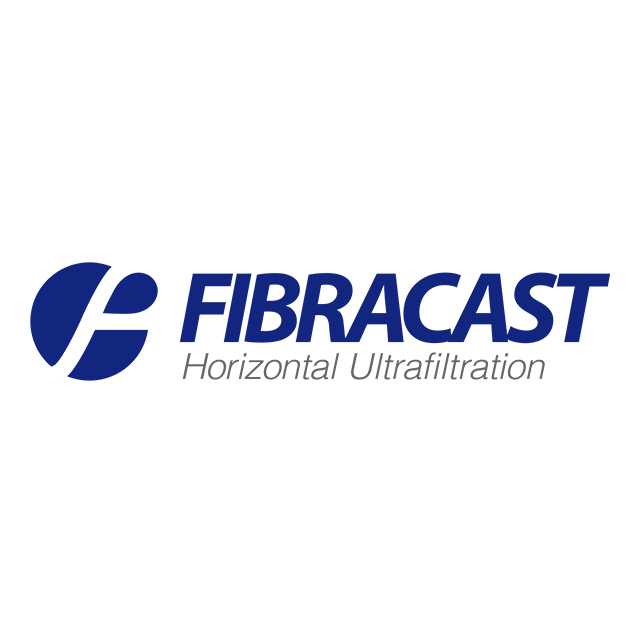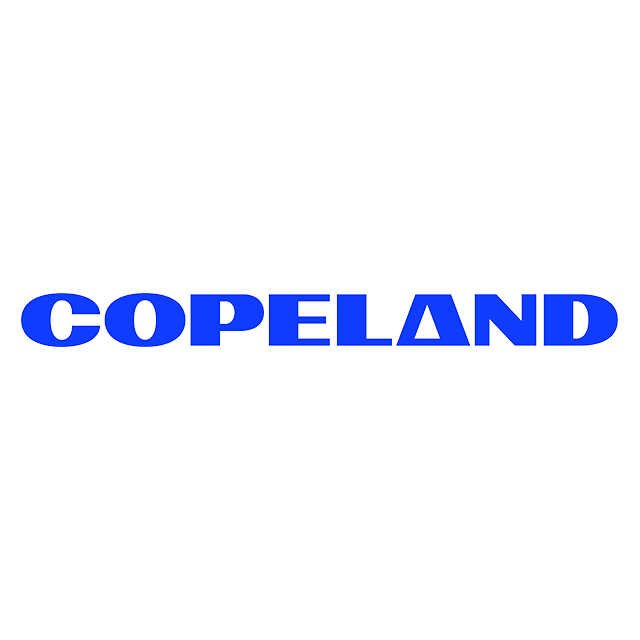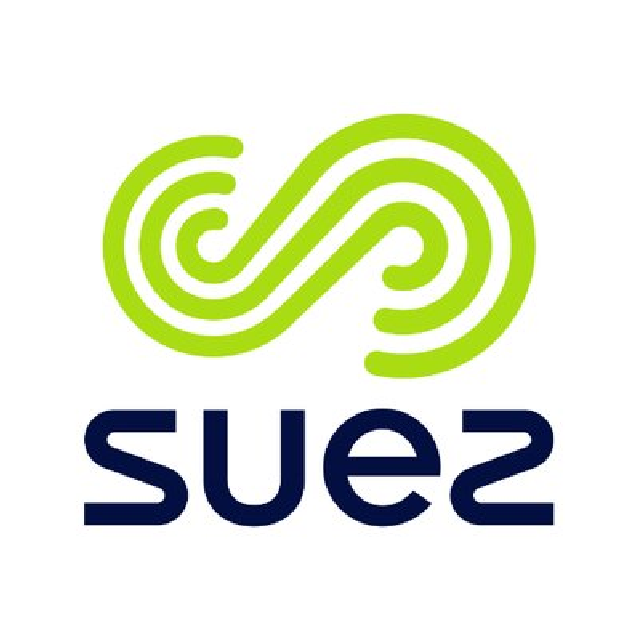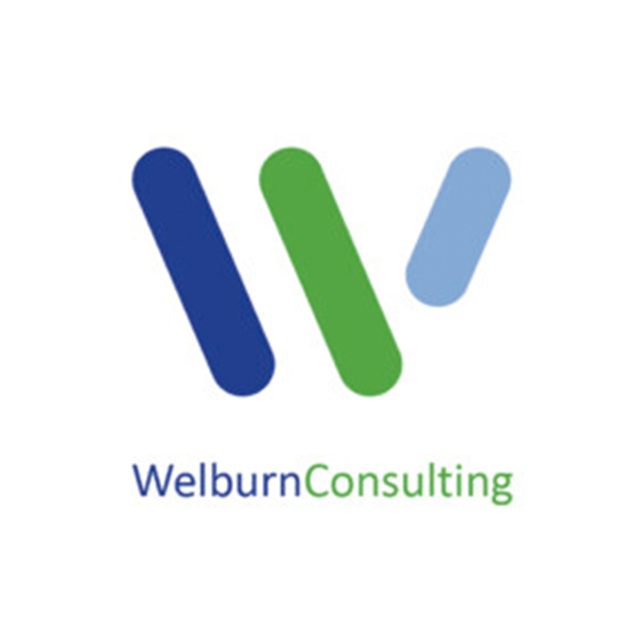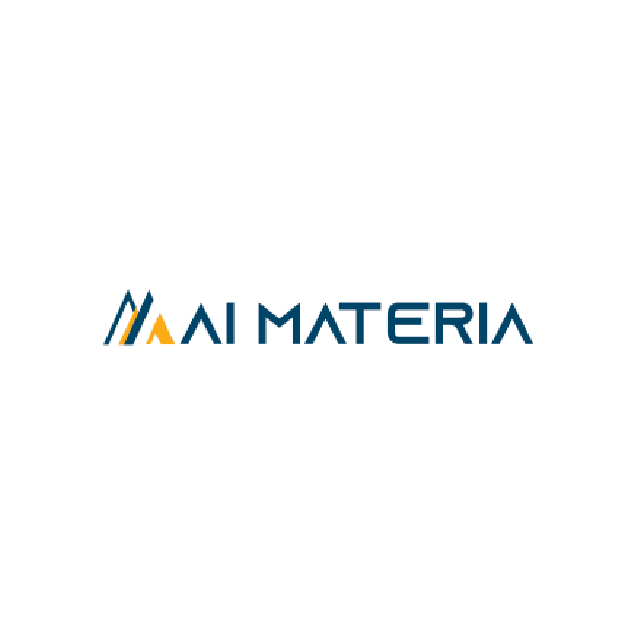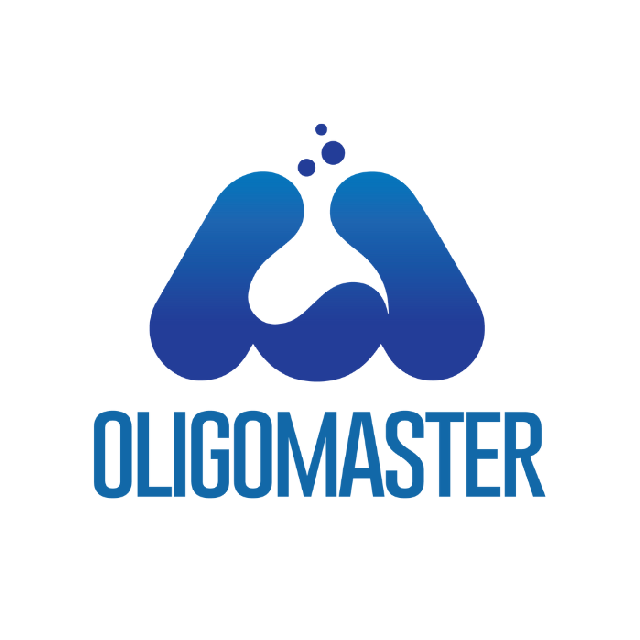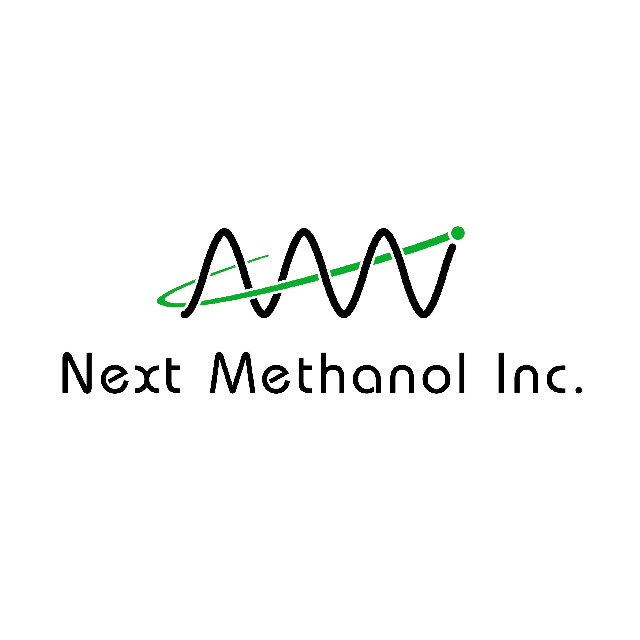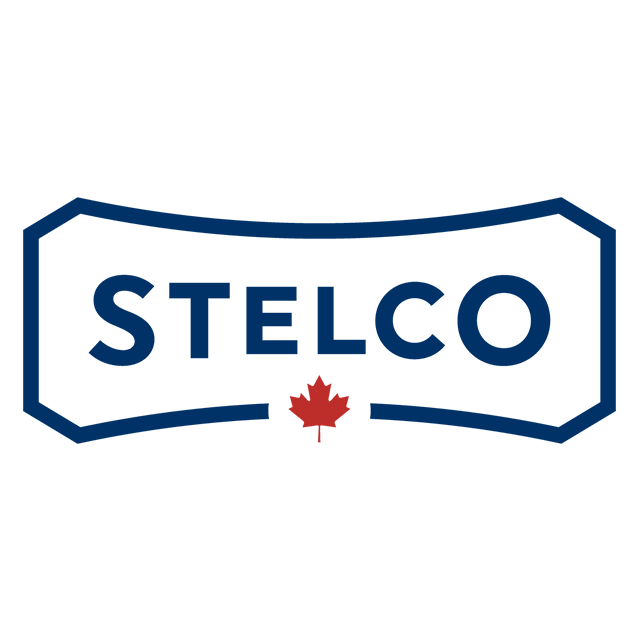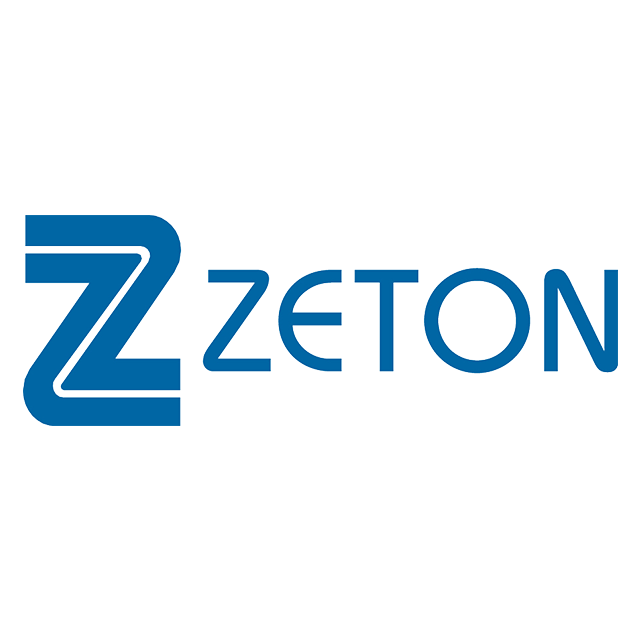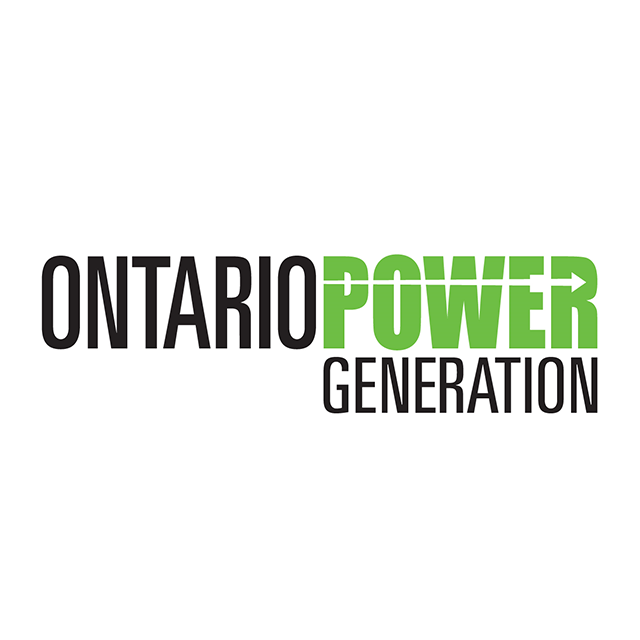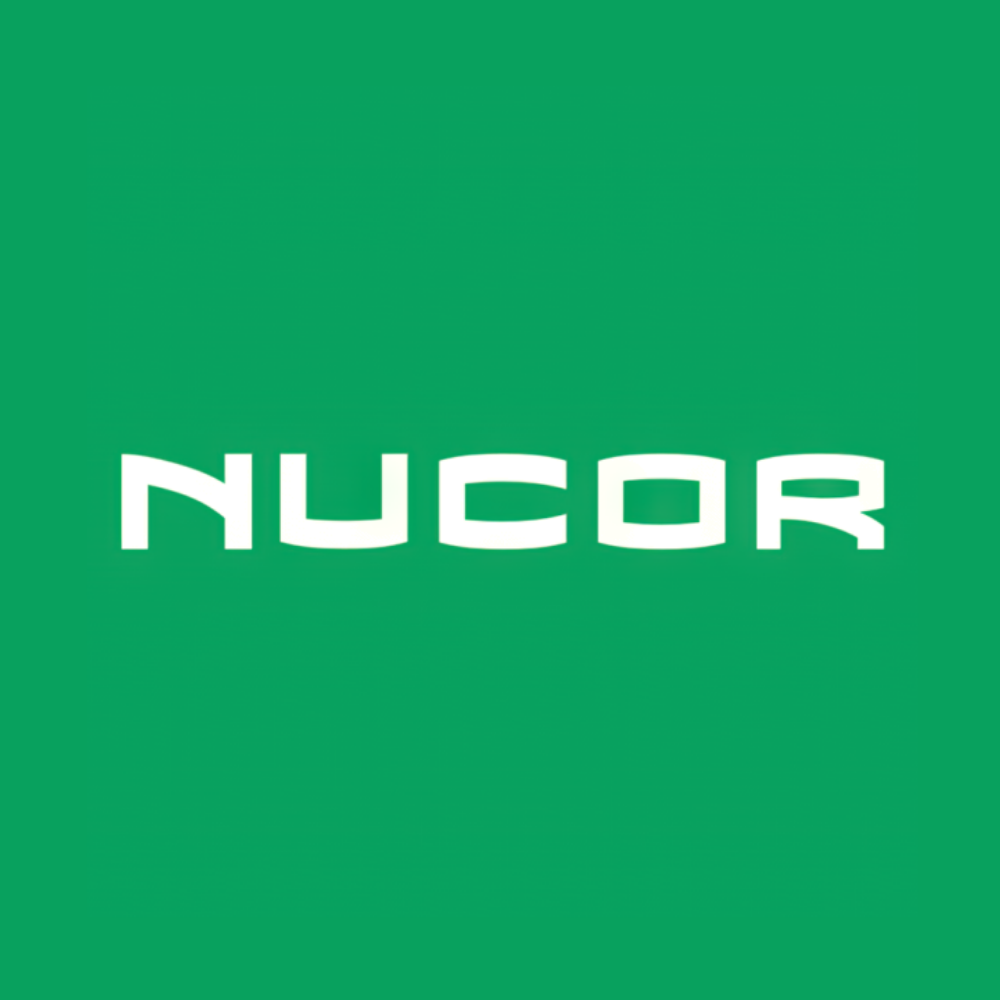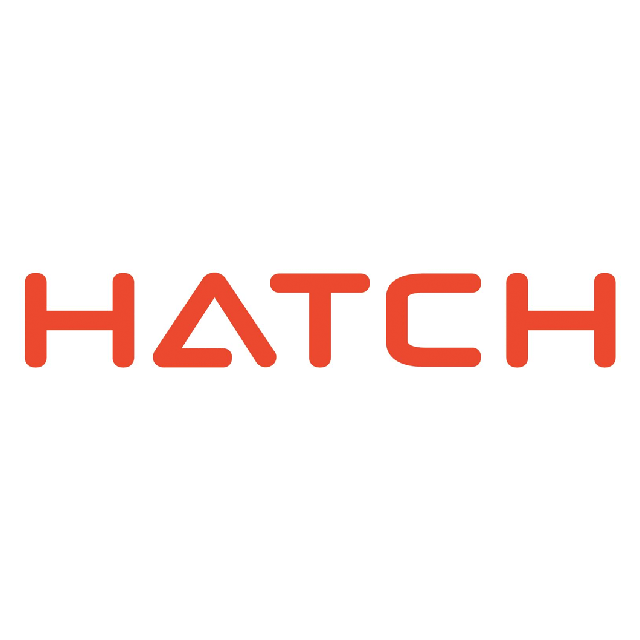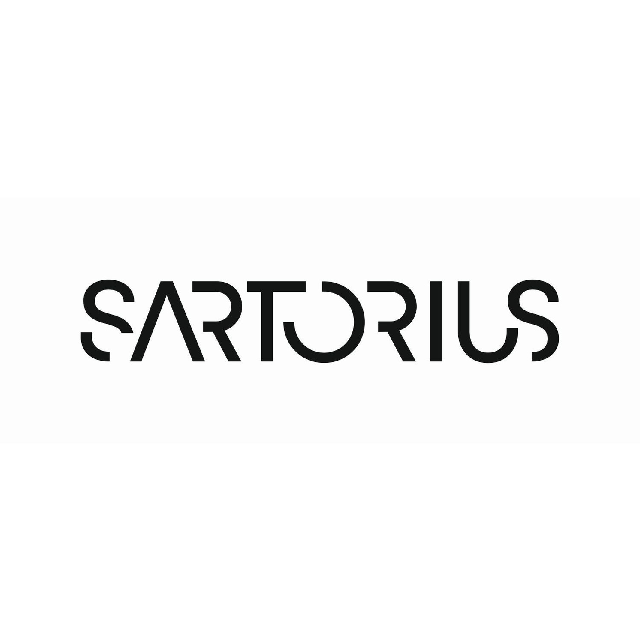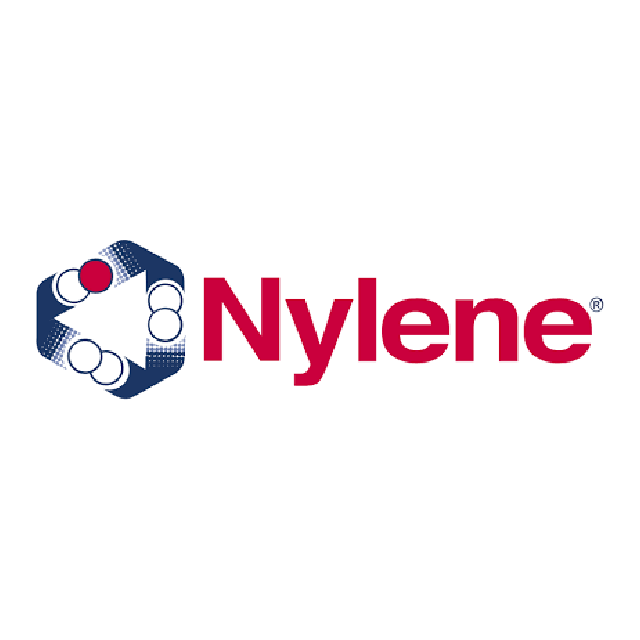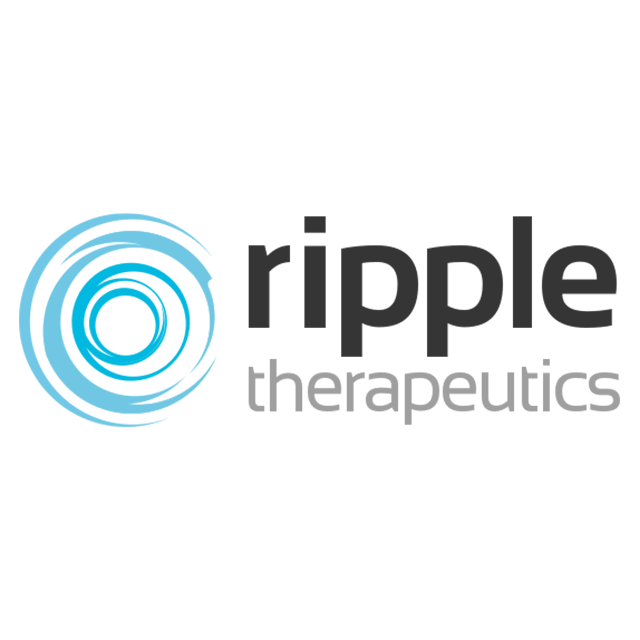Global Scale Climate Change Engineering: An integrated bipolar membrane electrodialysis system for ocean alkalinity enhancement
Team Members: Allison Suichies, Huilin Liu, Jiayue Zhu, Lucas Ning, and Yousef Hassanin, under the guidance of Faculty Advisor 𝗗𝗿. 𝗖𝗵𝗮𝗿𝗹𝗲𝘀-𝗙𝗿𝗮𝗻𝗰̧𝗼𝗶𝘀 𝗱𝗲 𝗟𝗮𝗻𝗻𝗼𝘆, are collaborating with 𝗧𝗵𝗲 𝗖𝗮𝗿𝗯𝗼𝗻-𝘁𝗼-𝗦𝗲𝗮 𝗜𝗻𝗶𝘁𝗶𝗮𝘁𝗶𝘃𝗲, 𝗶𝗻 𝗽𝗮𝗿𝘁𝗻𝗲𝗿𝘀𝗵𝗶𝗽 𝘄𝗶𝘁𝗵 𝘁𝗵𝗲 𝗱𝗲 𝗟𝗮𝗻𝗻𝗼𝘆 𝗹𝗮𝗯 (𝗠𝗰𝗠𝗮𝘀𝘁𝗲𝗿 𝗨𝗻𝗶𝘃𝗲𝗿𝘀𝗶𝘁𝘆) 𝗮𝗻𝗱 𝘁𝗵𝗲 𝗪𝗲𝗿𝗯𝗲𝗿 𝗹𝗮𝗯 (𝗨𝗻𝗶𝘃𝗲𝗿𝘀𝗶𝘁𝘆 𝗼𝗳 𝗧𝗼𝗿𝗼𝗻𝘁𝗼), for a project focusing on an integrated bipolar membrane electrodialysis (BMED) system for ocean alkalinity enhancement (OAE). This innovative approach aims to combat ocean acidification and mitigate the effects of climate change on marine ecosystems, while also reducing atmospheric carbon dioxide. The design integrates a BMED system into a full-scale chemical plant that utilizes seawater to produce sodium hydroxide (NaOH), subsequently added to the ocean surface to stimulate natural ocean carbon capture. The project entails various design considerations, including the creation of a piping and instrumentation diagram (P&ID), estimation of capital/operating costs, and decision-making on unit inclusion, process stream directions, and capacity/performance based on simulations and experimental data. Additionally, potential applications for the hydrochloric acid (HCl) by-product were explored, with the Canadian and US markets analyzed for viability, particularly in industries like vinyl chloride monomer (VCM) production, chlorine production, oil and gas acidizing, and metal acid-washing processes. Further purification steps, using sulfuric acid as the optimal solvent, were deemed necessary for the HCl by-product, necessitating careful consideration for storage and transportation due to its highly corrosive nature.

